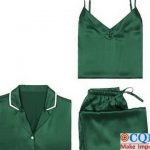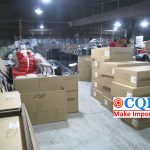Pajamas Process Inspection, Reduce The Risk Of Importers
Pajamas have a long history of development, and early days were symbols of Western lifestyles and were used as a household garment. Nowadays, pajamas culture is becoming more and more popular, and the demand for pajamas of different fabrics is growing. At the same time, it is divided into summer fabrics and autumn&winter fabrics according to the seasons. Summer fabrics include knitting and silk, while autumn and winter fabrics include woven, velvet and cotton. The fabric of the pajamas is more strict than the fabric of other garments, because the role of the pajamas is to make people feel comfortable and relaxed, and the pajamas are directly in contact with the human skin, so there must be no sharp points or edges.
In order to avoid the above situation, many importers will look for a third-party inspection company with rich experience to arrange pajamas process inspection, and sign Inspection Protocol, using the inspection company’s product quality control experience, helps to ensure the quality and safety of imported products.
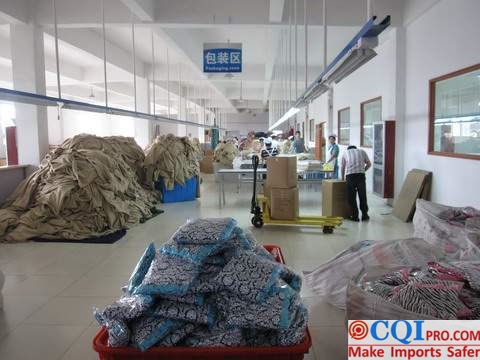
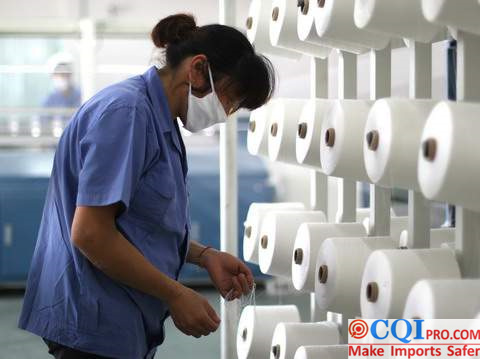
Pajamas Process Inspection-Pajama process
Fabric preparation – singeing – printing – confirm the size & the color and accessories – cutting – sewing – quality inspection – ironing – clean packaging
1.Singeing
Singeing is the beginning of the pajamas process inspection. It is the process of quickly passing a yarn or fabric through a flame, or rubbing it over a hot metal surface to burn off the surface hair. This process will make the fabric of the pajamas more smooth and beautiful, and the pajamas fabric will have a uniform color and a clear pattern.
2.Printing
Printing is the process of patterning a dye or coating on a fabric. The printing is a partial dyeing process that requires a certain degree of color fastness. The printing of pajamas is basically divided into two processes: screen printing and transfer printing. Screen printing has the advantages of high color fastness, long-lasting, and washable, but it generally cannot be meet a single or very small batch of printing. The transfer printing fabric has bright color and the technology is relatively simple and easy to use, but the pattern has poor durability, is not resistant to abrasion and is not washable.
3.Sewing
The cut fabrics shall be sewn according to the drawings. At the same time, it should be noted that the lines of each part are straight, tidy and firm, the stitches are even, and the upper and lower lines are elastic. During the pajamas process inspection, strictly pick out the defective sewing products can reduce the sales risk of importers.
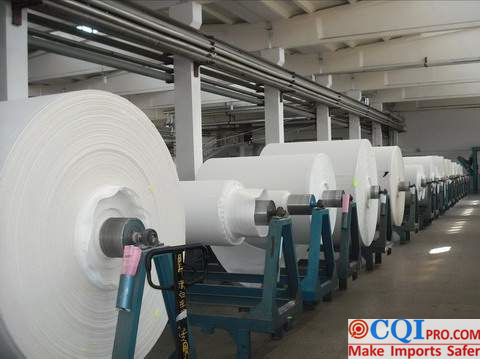
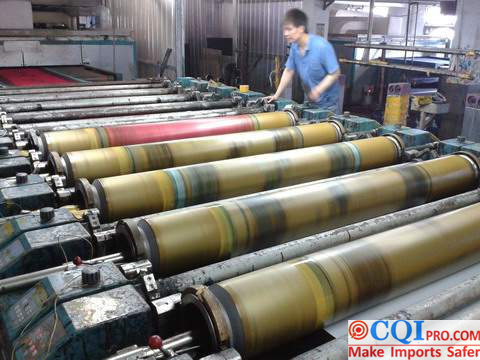
The impact of manufacturing processes on Pajamas Process Inspection
1.The impact of the singeing process
The purpose of singeing is to remove the hair on the surface of the yarn and fabric, as the fuzz affect the subsequent dyeing and finishing process. However, when singeing, if the temperature is too low, the hair removal is incomplete.If the temperature is too high, which is likely to burn the fabric. Normal operation is that the yarn or fabric passes through the flame at a high speed under a certain tension, so slower speed will also cause the fabric to burn.
2.The impact of the printing process
Under normal circumstances, the print should be clearly and correctly patterned and brightly colored. However, in the case of improper operation, the pattern is prone to misalignment, the pattern is blurred and smudged, and the fabric becomes rough and feels uncomfortable, seriously affecting the quality of the finished product. In the pajamas process inspection, the printed pattern must be checked in detail to ensure that it meets the design requirements.
3.The influence of the sewing process
The sewing process of the pajamas is the same as other garments, but the sewing requirements for different materials are different. Basically, the suture is required to be straight and not wrinkled, the wireless head is clogged, and the edge is sewn more carefully on the premise that the filler flakes are evenly thick.
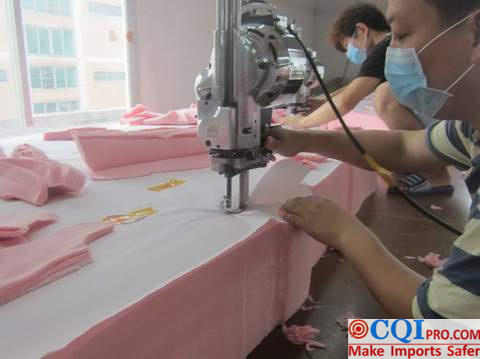

In different degrees, the manufacturing process of pajamas reflects the quality of the product, which is the most important part of the importer. However, there are always some manufacturers who have neglected product quality control in order to rush their delivery dates and reflect their delivery capabilities. At this point, pajamas process inspection is useful, importers can view Inspection Report, intuitively sees the manufacturing process of the product and also makes it easy to understand which step the product will have.


CQI5 is committed to providing importers worldwide with product quality inspection services that far exceed those of our peers. If you are planning to import or have imported from China or Southeast Asian countries, please contact us cs’@’cqipro.com to learn more about how we can make your imports safer.
This article is an original article for CQI Inspection, who is committed to providing high-quality product inspection technology and know-how sharing for global importers and retailers to make imports safer.
All rights reserved. The contents of this website provided by CQI Inspection may not be reproduced or used without express permission.
For reprint, please contact with CQI Inspection, thank you.
